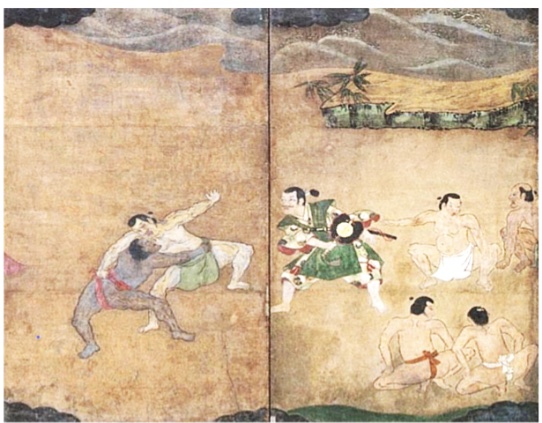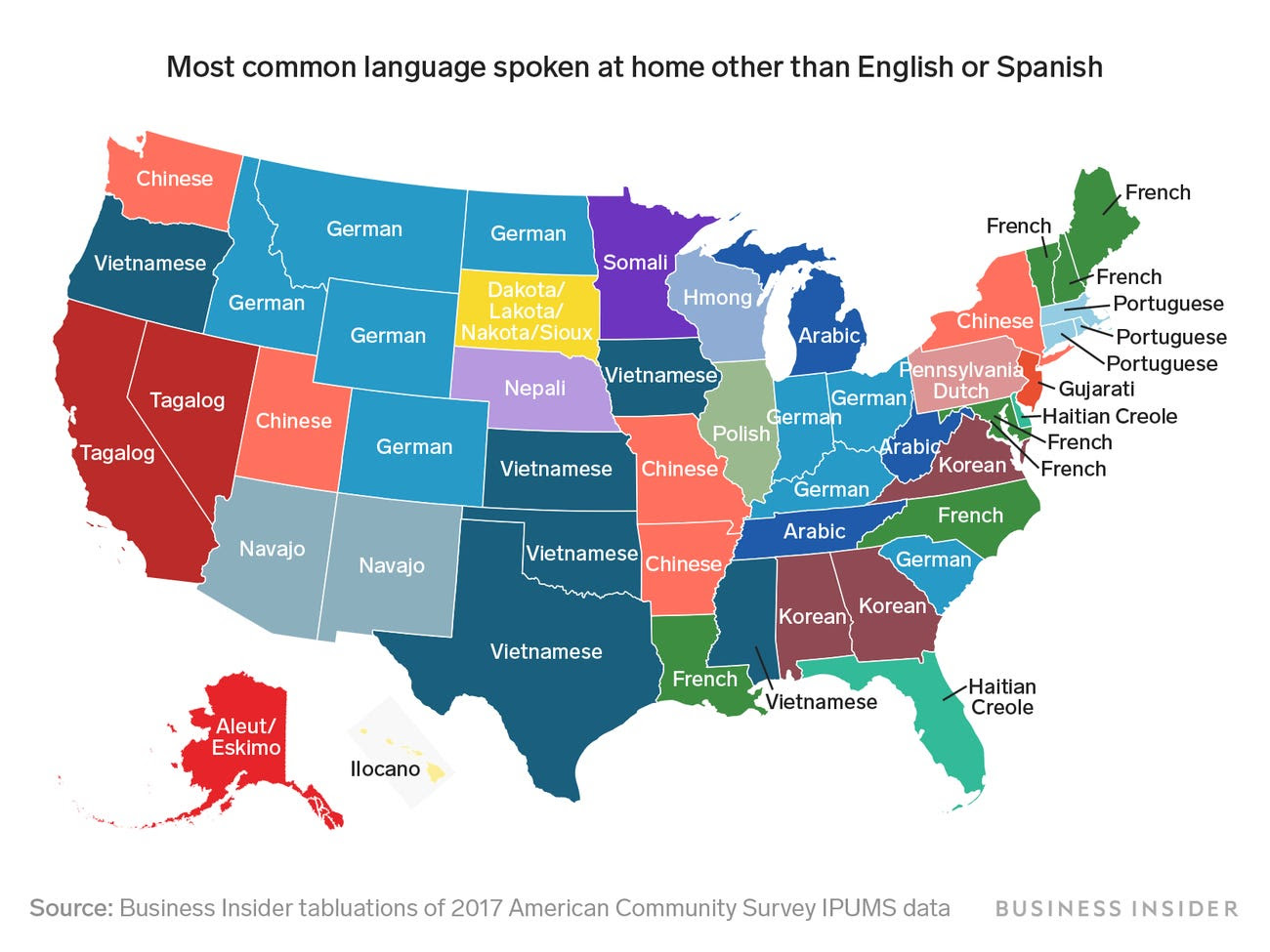Archive for Language and ethnicity
The cattle-keeping Bai of Yunnan
The province of Yunnan in the far south is home to more ethnic minorities and languages than any other part of China (25 out of 56 recognized groups, 38% of the population). The Bai are one of the more unusual groups among them.
Read the rest of this entry »
Miao / Hmong
The African origins of the name of a black samurai
Germanic runes on a pre-Cyrillic Slavic bone stir a debate
Article in Sunday's NYT:
"A Scratched Hint of Ancient Ties Stirs National Furies in Europe"
"Czech archaeologists say marks found on a cattle bone are sixth-century Germanic runes, in a Slavic settlement. The find has provoked an academic and nationalist brawl." Andrew Higgins (5/16/21)
The opening paragraphs lay out very clearly the reasons why the find is of such exceptional significance:
LANY, Czech Republic — In a region long fought over by rival ethnic and linguistic groups, archaeologists in the Czech Republic have discovered something unusual in these turbulent parts: evidence that peoples locked in hostility for much of the modern era got along in centuries past.
A few yards from a Czech Army pillbox built as a defense against Nazi Germany, the archaeologists discovered a cattle bone that they say bears inscriptions dating from the sixth century that suggest that different peoples speaking different languages mingled and exchanged ideas at that time.
…
The bone fragment, identified by DNA analysis and carbon dating as coming from the rib of a cow that lived around 1,400 years ago, was found in a Slavic settlement in 2017, said Jiri Machacek, the head of the archaeology department at Masaryk University in the Czech city of Brno. But in what is considered a major finding, a team of scholars led by Dr. Machacek recently concluded that the bone bears sixth-century runes, a system of writing developed by early Germans.
Read the rest of this entry »
Slaves and clients; Arabic Mamluks and mawlas: a fishy Turkic tail
From my 10th grade high school world history class in 1959, I was intrigued by the evocative, mysterious Mamluks. I was impressed by their achievements in statecraft, art, architecture, and many other fields. Thus Mamluk is a word that is very well known in English, even to a rural highschooler in Osnaburg Township of Stark County in northeastern Ohio, but I never imagined that their name meant "slave". Rather, I thought of the mighty Mamluks as military forces who were like knights, and in some cases were even rulers who founded states of their own. That they were, but I didn't realize they were of slave origin.
Mamluk (Arabic: مملوك mamlūk (singular), مماليك mamālīk (plural), translated literally as "thing possessed", meaning "slave", also transliterated as Mameluke, mamluq, mamluke, mameluk, mameluke, mamaluke, or marmeluke) is a term most commonly referring to non-Arab, ethnically diverse (mostly Turkic, Caucasian, Eastern and Southeastern European) slave-soldiers and freed slaves to which were assigned military and administrative duties, serving the ruling Arab dynasties in the Muslim world.
Read the rest of this entry »
Indonesia's multitudinous scripts, ethnicities, and identities
A friend called my attention to this intriguing article:
"This man can read and write 30 ancient Indonesian scripts, some as old as 500 years", by Kiki Siregar, Channel NewsAsia / CNA (3/6/21)
Thirty years old Diaz Nawaksara says, “I started in 2012 by studying the Javanese script first.”
Today, he can read and write over 30 ancient Indonesian scripts. He understands fluently about half of the languages associated with these scripts.
It is a rare ability considering that most Indonesians can only read one or two scripts.
Most Indonesians can read Latin, the script used for the national language Bahasa Indonesia as well as English. Others also know Arabic for reading the Koran or Chinese.
Read the rest of this entry »
The importance of being and speaking Taiwanese
Meet Hsiao Bi-khim, Taiwan's de facto ambassador to the United States:
Read the rest of this entry »
America as a multilingual nation
"This map shows the most commonly spoken language in every US state, excluding English and Spanish", by Andy Kiersz and Ivan De Luce, Business Insider (1/18/20):
Read the rest of this entry »
A museum for the languages of Taiwan
Language Log readers will be aware that "Chinese", i.e., "Mandarin" (Guóyǔ 國語), is not the only language on the island. Indeed, it is a Johnny-come-lately, having become the official language of the Republic of China on Taiwan in 1945, and was strongly enforced as such after 1949 when the retreating mainland KMT armies of Chiang Kai-shek occupied the island.
The earliest indigenous languages of Taiwan (Formosa) were Austronesian. And we should not forget that there was a period of partial Dutch rule (1624-1662), especially in the south, and Spanish Formosa (Formosa Española) was a small colony of the Spanish Empire established in the northern part of the island from 1626 to 1642. Consequently, both Dutch and Spanish had an impact on the linguistic development of Taiwan during the 17th century. The first Europeans to take notice of Taiwan, however, were the Portuguese who, passing Taiwan in 1544, recorded in a ship's log the name of the island as Ilha Formosa ("Beautiful Island").
Taiwan was a dependency of Japan from 1895 to 1945, during which period Japanese was the official language. As such, it was important for the development of language on the island, and its significance lasts till today.
The influence of English in Taiwan has been enormous during the last two centuries.
See "Languages of Taiwan".
Read the rest of this entry »
"National Language" in the Xinjiang Uyghur Autonomous Region
Many people have been asking me about the use of the term Guóyǔ 国语 ("National Language") for "Mandarin" in Xinjiang today. Here's an inquiry from Peter Moody:
I was reading an analysis by a Darren Byler, a "Xinjiang Scholar," of a 2017 classified directive from Zhu Hailun, Gauleiter of Xinjiang, on how properly to run the concentration camps in that territory (https://supchina.com/2019/12/04/a-xinjiang-scholars-close-reading-of-the-china-cables/). (I have not looked either at the full English translation of these directives, or the Chinese text, although both are available. I figured the analysis would give the gist of them.)
Read the rest of this entry »





